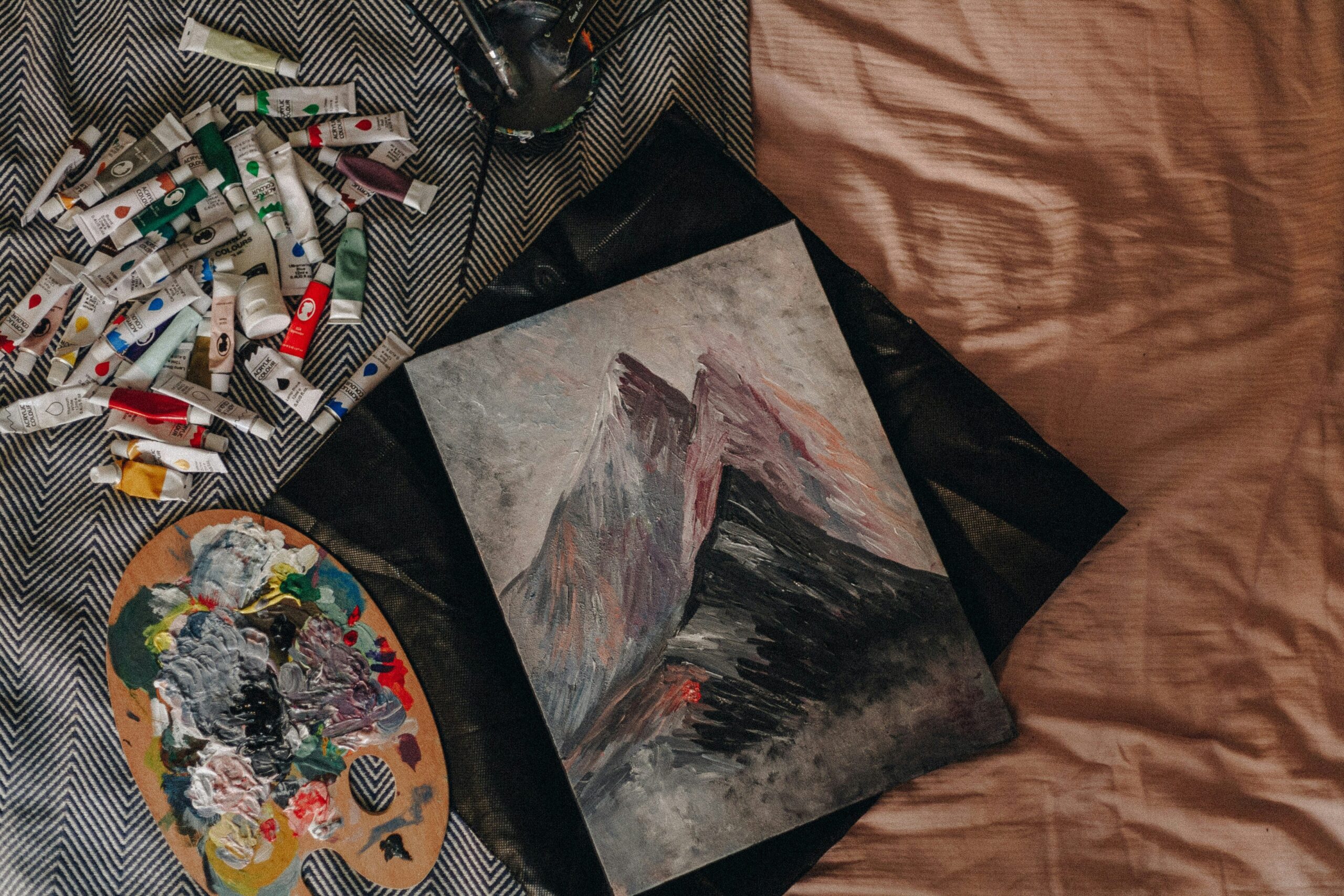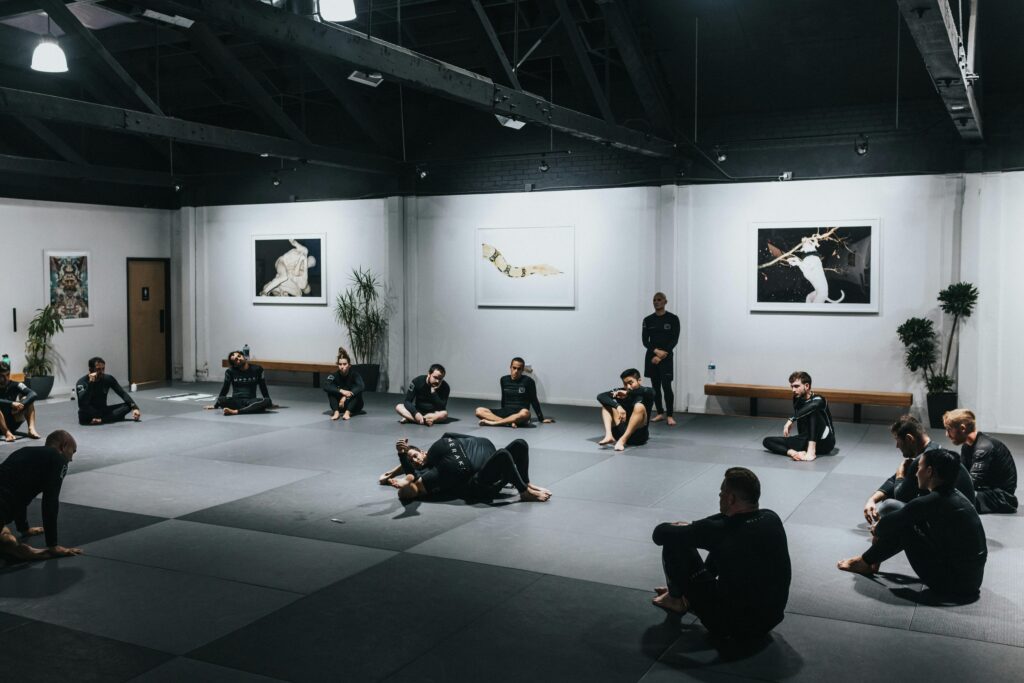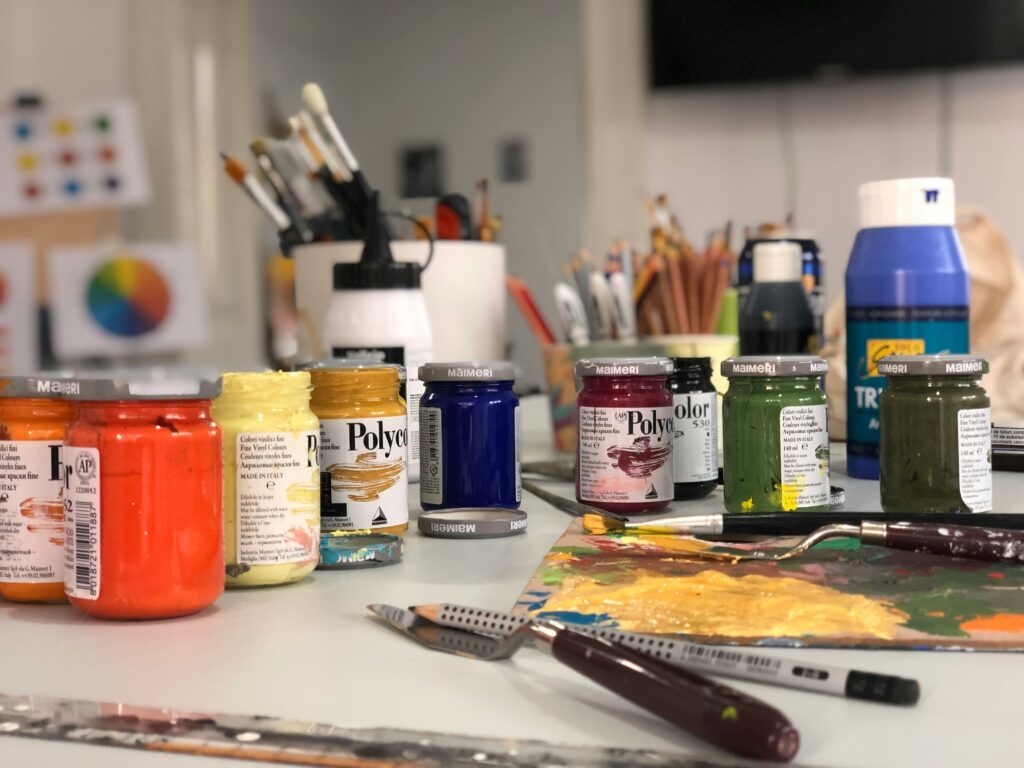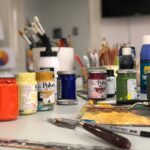Now Reading: Art Therapy Techniques for Addiction Recovery
-
01
Art Therapy Techniques for Addiction Recovery
Art Therapy Techniques for Addiction Recovery

Discover effective art therapy techniques for addiction recovery. Support healing, reduce stress, and express emotions through creative therapeutic methods.
Introduction
Addiction recovery is a deeply personal journey. While traditional therapies offer powerful tools for healing, many people also find strength in creative expression. Art therapy techniques for addiction recovery provide a unique and gentle way to process emotions, reduce stress, and reconnect with one’s sense of self.
Art therapy allows people to express what words cannot. Through drawing, painting, sculpting, and collage, individuals in recovery can explore pain, hope, trauma, and growth—all without needing to verbalize their experience.
In this article, we’ll explore how art therapy supports addiction recovery and highlight specific techniques that offer emotional relief and psychological insight.
What Is Art Therapy?
Art therapy is a form of psychotherapy that uses creative processes to support mental health and emotional well-being. A licensed art therapist guides individuals through exercises that allow for nonverbal expression, reflection, and healing.
Art therapy is particularly helpful in addiction recovery because many individuals struggle with shame, trauma, or emotional numbness. These feelings are often hard to talk about directly. Art creates a safe, symbolic outlet where people can process these emotions in their own time and way.
📊 According to the American Art Therapy Association, creative expression in therapy can improve emotional resilience, reduce symptoms of anxiety and depression, and enhance self-awareness 1.
Why Art Therapy Works in Addiction Recovery
🎨 1. It Bypasses Verbal Blocks
Not everyone feels comfortable sharing their story in words. Art therapy provides a nonverbal language for difficult feelings like guilt, fear, grief, or anger.
🎨 2. It Supports Emotional Regulation
Creating art helps calm the nervous system. Activities like coloring or painting reduce anxiety by promoting focus and stimulating the parasympathetic nervous system—which controls rest and relaxation.
📊 A 2016 study in Art Therapy: Journal of the American Art Therapy Association showed that just 45 minutes of creative activity significantly lowered cortisol levels, a key stress hormone 2.
🎨 3. It Rebuilds Identity
Addiction often strips individuals of their sense of identity. Art therapy offers a way to explore who they are beyond addiction, to reconnect with forgotten strengths, values, and dreams.
🎨 4. It Encourages Mindfulness and Presence
Art-making brings people into the present moment. This focus helps individuals manage cravings, quiet racing thoughts, and develop awareness—a crucial skill in recovery.
Effective Art Therapy Techniques for Addiction Recovery
Let’s explore some of the most impactful art therapy techniques for addiction recovery. These exercises can be used individually, in group therapy, or under the guidance of a trained art therapist.
🖌 1. Feeling Collage
Purpose: Express and identify current emotions
How it works: Individuals cut out images, words, and colors from magazines that represent their feelings. They arrange and glue them onto paper to create a visual “mood board.”
Why it helps: This technique makes it easier to name and explore emotions, especially for those who feel emotionally shut down or overwhelmed.
✍️ 2. Visual Journaling
Purpose: Track progress, reflect, and release emotions
How it works: Similar to writing in a diary, but using drawings, doodles, or mixed media. People may respond to prompts like “What does healing look like today?” or “Draw your cravings.”
Why it helps: Visual journaling encourages daily reflection and emotional expression, which strengthens self-awareness and emotional processing.
🎭 3. Mask Making
Purpose: Explore identity and hidden emotions
How it works: Participants decorate the outside of a mask to reflect how they present themselves to others. The inside of the mask represents their hidden feelings or fears.
Why it helps: Mask making uncovers the gap between public and private selves, encouraging honest self-reflection and emotional release.
🎨 4. Drawing Emotions
Purpose: Externalize and work through complex feelings
How it works: Choose an emotion—like anger, sadness, or hope—and create an abstract or symbolic drawing of how that emotion feels in the body.
Why it helps: Drawing emotions helps individuals recognize and sit with feelings rather than avoiding or numbing them.
🖼 5. Life Timeline Collage
Purpose: Process past experiences and highlight personal growth
How it works: Using drawings, photos, or symbols, individuals create a timeline of key life events—focusing on both challenges and moments of resilience.
Why it helps: This technique encourages a narrative of growth and transformation, which helps people reframe their story and recognize progress.

🪞 6. Self-Portrait Work
Purpose: Rebuild identity and self-worth
How it works: Participants draw or paint self-portraits based on how they see themselves now—or how they hope to see themselves in the future.
Why it helps: Self-portraits help rebuild self-image, a crucial step in recovering from the self-criticism and shame often tied to addiction.
Art Therapy in Group Settings
Group art therapy provides the added benefit of peer support. Sharing art in a safe space helps individuals feel seen, heard, and validated. Group exercises also reduce isolation, a common struggle in addiction.
Some group-friendly art therapy techniques include:
- Collaborative murals (each person adds a piece)
- Group mandalas (symbolizing unity and wholeness)
- Shared emotion collages (exploring collective feelings)
These experiences foster connection and normalize emotional vulnerability, which is vital in recovery communities.
No Artistic Skill Required
One common myth about art therapy is that you need to be an artist. That’s not true. Art therapy is about process, not product. The goal isn’t to create something beautiful—it’s to create something honest.
Even stick figures, abstract smudges, or messy collages can hold powerful meaning. What matters is intention and engagement, not talent.
Final Thoughts
Art therapy techniques for addiction recovery offer more than creative distraction—they offer transformation. They allow individuals to process pain, explore identity, express emotions, and connect with healing in a gentle, nonverbal way.
When words fall short, art speaks. Whether through color, shape, or texture, each creation becomes a step forward—toward clarity, connection, and a life beyond addiction.
If you or someone you love is on the path of recovery, consider incorporating art therapy as part of the healing journey. Even one small creative act can open a door to peace, presence, and self-discovery.
“Art enables us to find ourselves and lose ourselves at the same time.” – Thomas Merton
References
- American Art Therapy Association. (2020). About Art Therapy. https://arttherapy.org/about-art-therapy ↩
- Kaimal, G., Ray, K., & Muniz, J. (2016). Reduction of cortisol levels and participants’ responses following art making. Art Therapy: Journal of the American Art Therapy Association, 33(2), 74–80. ↩

Jen Sheldon is a seasoned writer with a passion for fitness, health, wellness, and addiction treatment. With years of experience crafting insightful and research-backed content, she helps readers navigate their journey toward better well-being. When she’s not writing, you’ll find her exploring new workout routines or diving into the latest health trends.


























